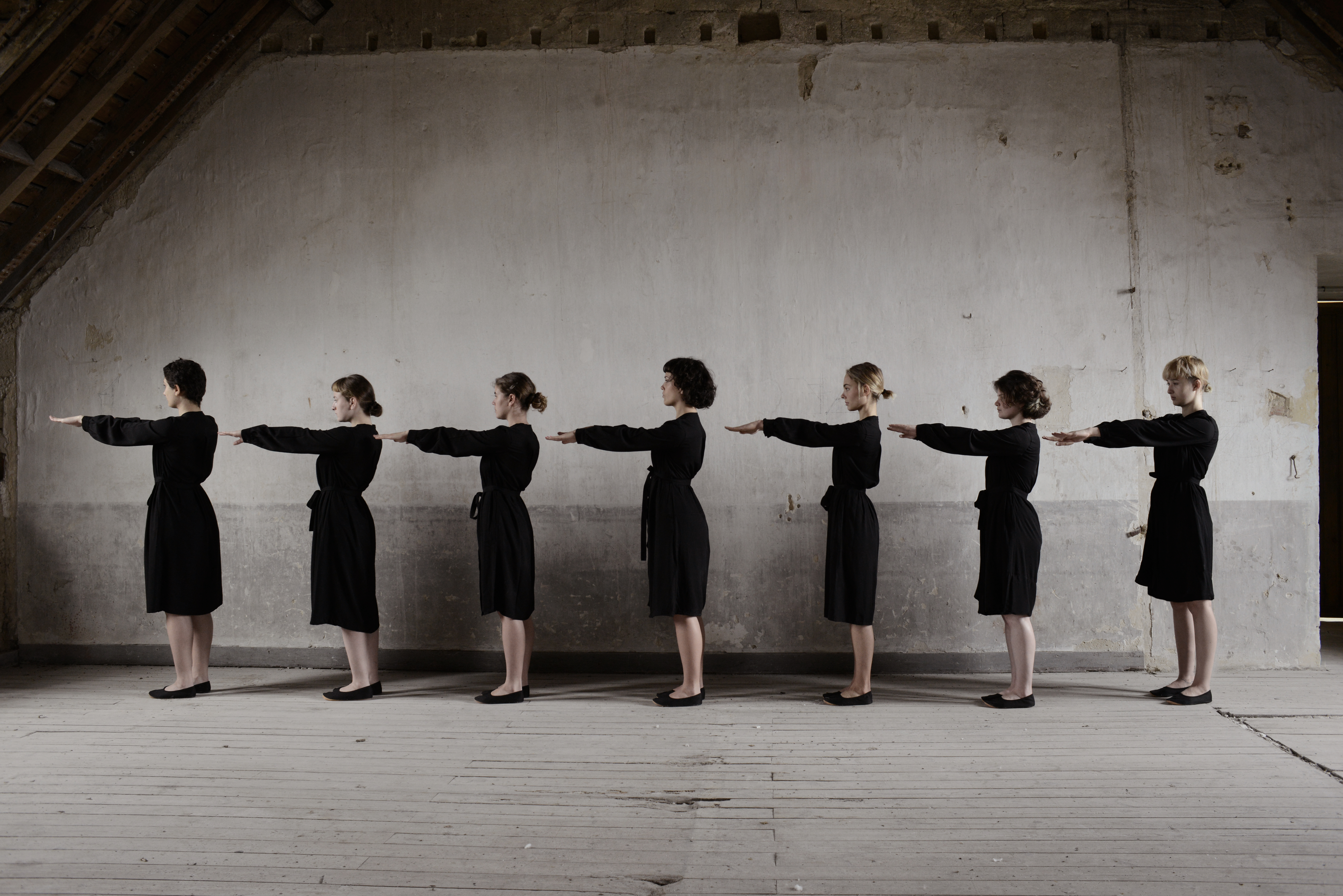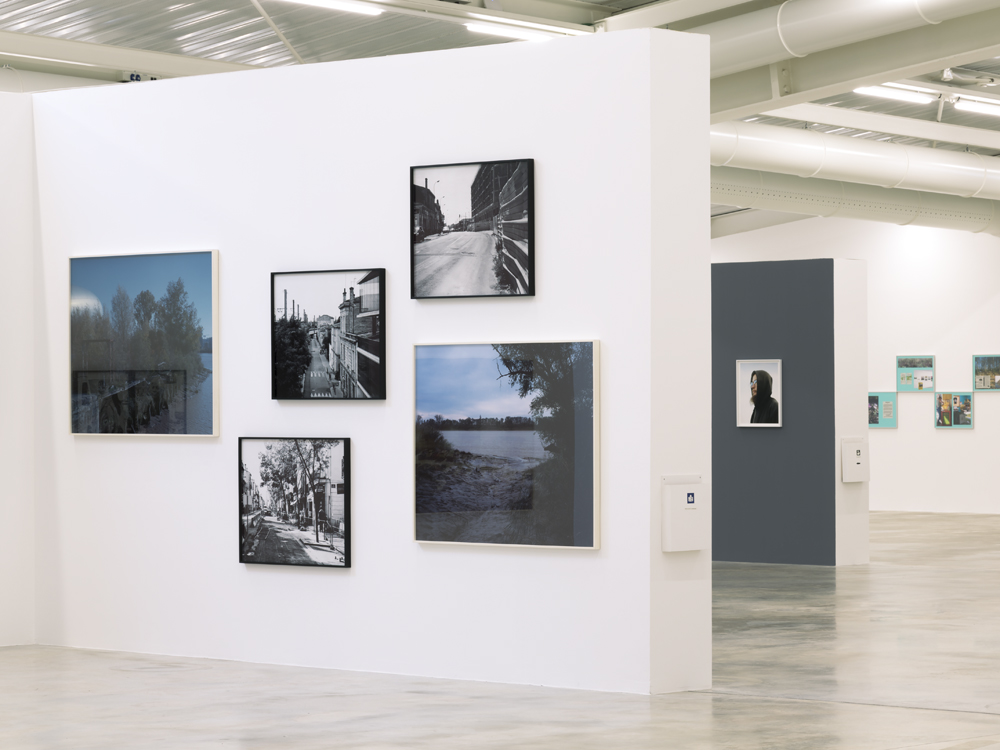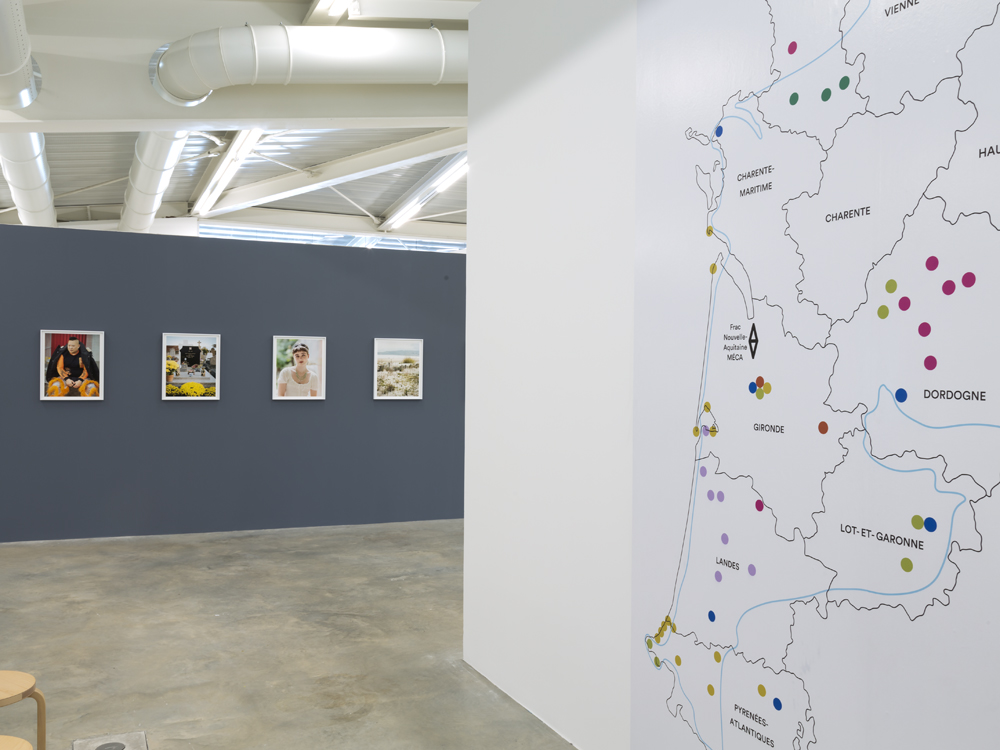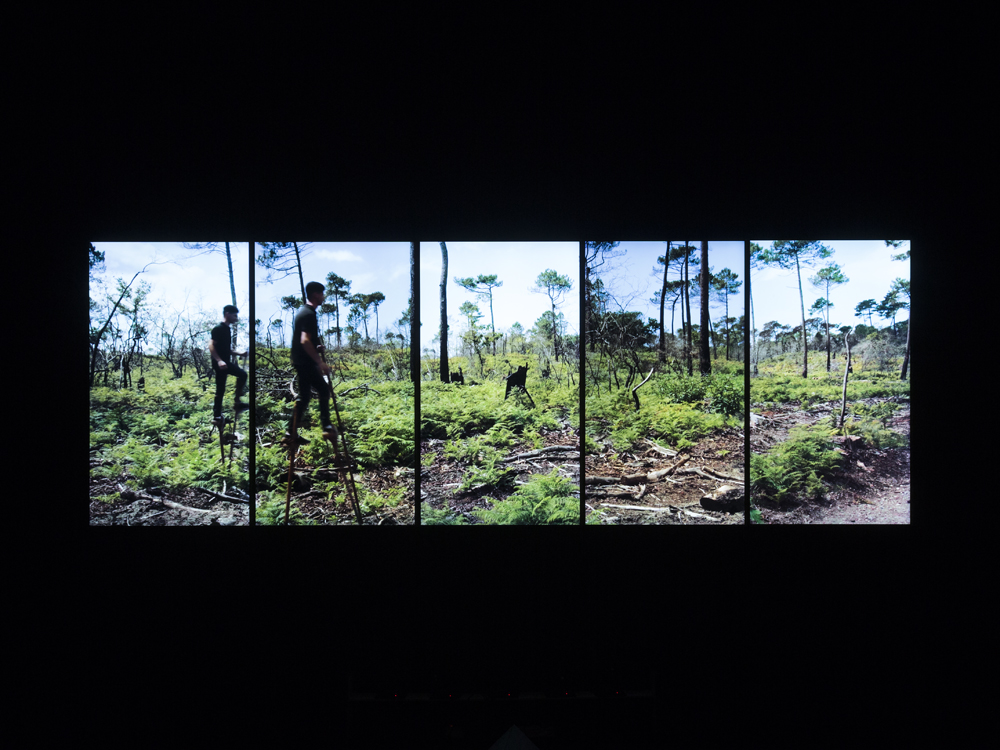
Exhibition "Arpenter, photographier la Nouvelle-Aquitaine"
The exhibition Arpenter, photographier la Nouvelle-Aquitaine (‘Roaming, photographing the Nouvelle-Aquitaine region’) is the result of an ambitious programme of photographic commissions in the Nouvelle-Aquitaine region. Launched and supported by the Regional Council, this project has enabled nine photographers to focus on nine themes, each submitted in advance by a scientific committee. The committee’s job was to provide the artists with a few directions via a note of intent that could nevertheless be interpreted freely. It was then up to each artist to formulate their thoughts and perspectives on subjects such as the rural world, the city and the peri-urban territories, migration, itineraries and transportation routes, the ecological situation, fragilities and dissonances, paradoxes, the genius loci, and ‘learning communities’.
The goal? To gain a better understanding of this composite, historically recent territory (existing since the fusion of the French regions in 2016) and to take a fresh look at its landscapes, the activities taking place there, its economic and demographic transformations, and its specific identity, including cultural, social and geographical characteristics, all of which make this region a place in constant motion, although at times against a backdrop of permanence.
In the jargon of French-speaking land surveyors, arpenter (which can be translated as both surveying and roaming) involves measuring the surface area of a plot of land. If this act of measuring has historically been associated with the discipline of photography, it is because the medium has — since its creation in 1839 — carried a function of objectivity. It was with this documentary approach that major photographic projects were launched in the past: the Mission héliographique in 1851 in France, the Farm Security Administration (FSA) in the United States in the 1930s (following the Great Depression) and more recently the DATAR (Delegation for Planning and Regional Action) photographic mission in France in 1984. Though they had different purposes, these programmes all had a common denominator: They were carried out by photographers who, with given specifications, had to give an account of a precise situation through art.
Photographing/documenting inevitably entails a risk: that of freezing the ephemeral, of immobilising the temporality and dynamics inherent in real life. By overestimating the punctual vision of a given contemporaneity, we turn it into a spectacle rather than a field of study. This, in fact, could almost be a threat to the future, in the face of which we wrongly prioritise a present time that we know is only credible in the time taken to ‘roam’ it. In this way, unless they are constantly renewed, photographic commissions constitute the ‘precipitation’ of an era, of a territory. What is likely to remain is quite simply a taste for ‘the way things were’ — no less a challenge.
Gilles Mora, Claire Jacquet and Émeline Vincent - Curators of the exhibition
Photographers : André Cepeda, Jean-Luc Chapin, Maitetxu Etcheverria, Hicham Gardaf, Noémie Goudal, Tatiana Lecomte, Chloe Dewe Mathews, Valérie Mréjen, Bruno Serralongue
With the generous support of the Nouvelle-Aquitaine region
From 5.04 to
6.10.2024
WHERE : Frac Nouvelle-Aquitaine MÉCA, 5 Parvis Corto Maltese,
33 800 Bordeaux
COST : Pay as you feel - from 2€ (infos tarifs)
Publication Arpenter, photographier la Nouvelle-Aquitaine - (April 2024).
Frac MÉCA et Delpire & Co / 45 €
Photographers : André Cepeda, Jean-Luc Chapin, Maitetxu Etcheverria, Hicham Gardaf, Noémie Goudal, Tatiana Lecomte, Chloe Dewe Mathews, Valérie Mréjen, Bruno Serralongue
Texts : Éric Chauvier, Anne-Marie Cocula-Vaillières, Éric Cron, Monika Faber, Jérôme Fourquet, Christophe Hutin, Claire Jacquet, Christophe Léon, Cyrille Marlin, Gilles Mora, Magali Nachtergael,
Alona Pardo, Urs Stahel, Agnès Vatican, Pierre Vermeren, Émeline Vincent et Christiane Vollaire.
Préface de Jérôme Fourquet
------
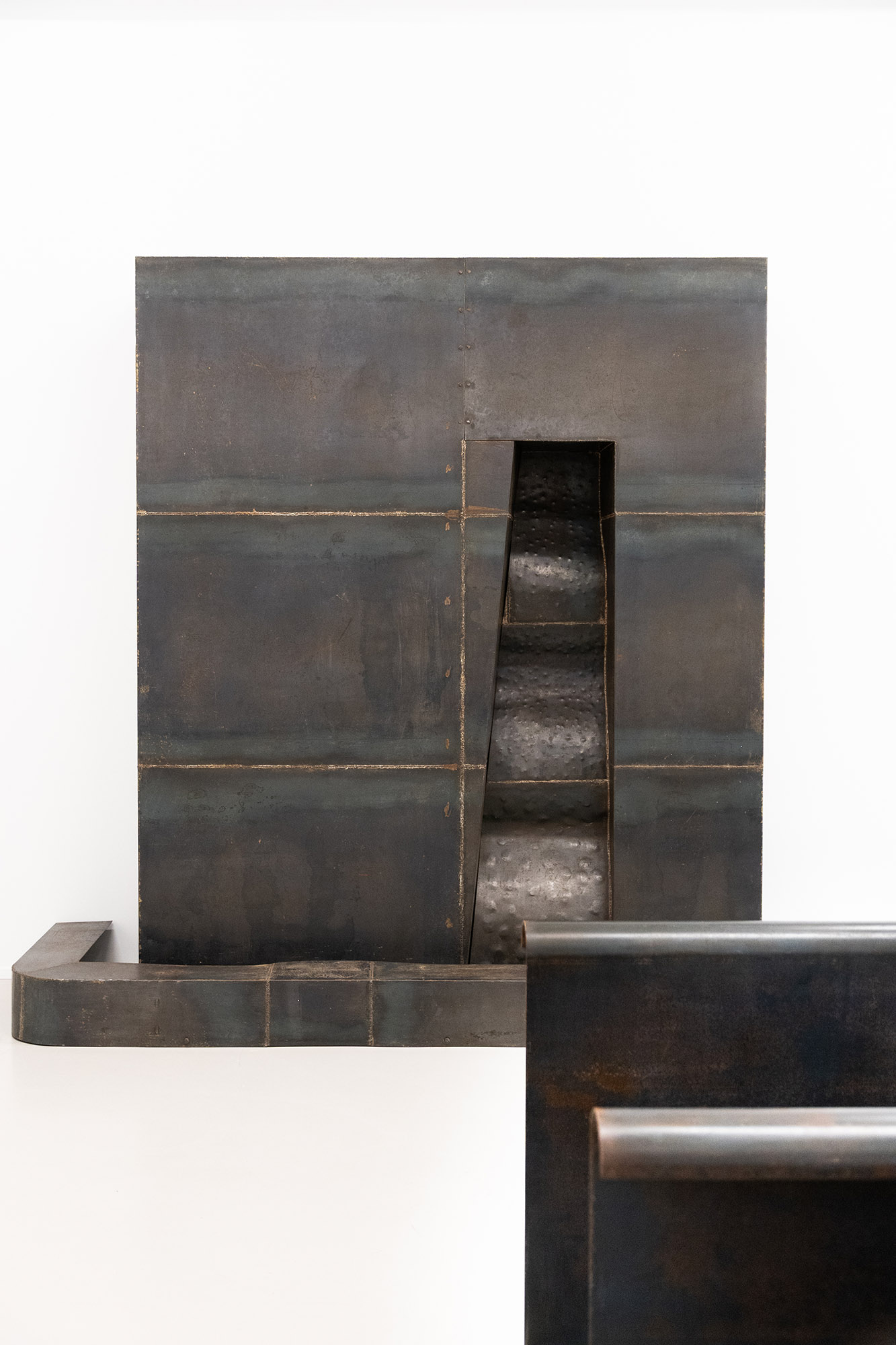
« Qu’allons-nous faire, Jorge ? ¿Qué vamos a hacer, Jorge? »

PROCHAINEMENT – Chambres, ghosts & digitales
